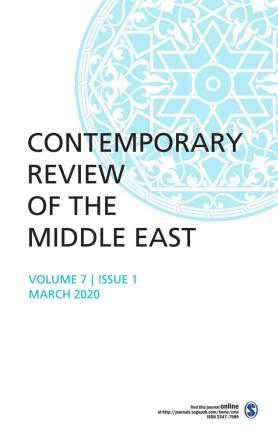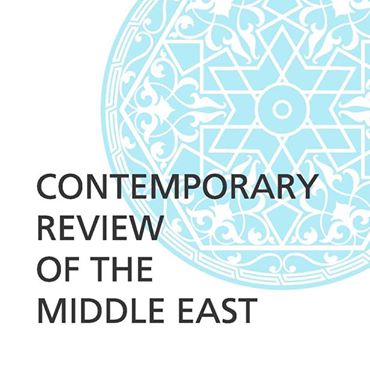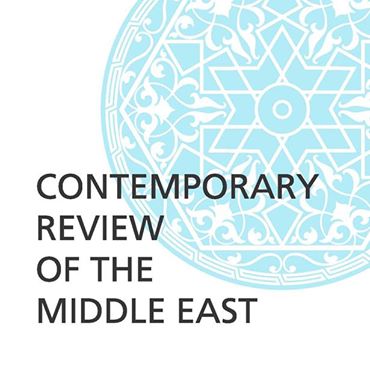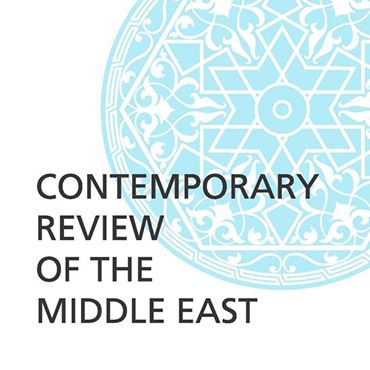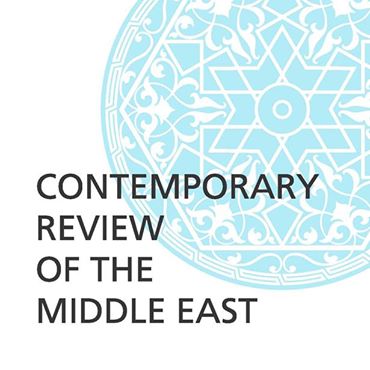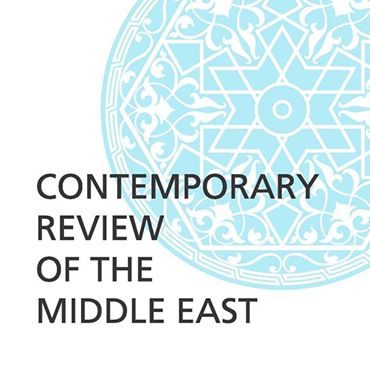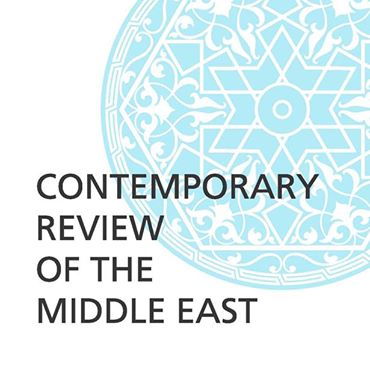Breaking
- MENU
Lorem Ipsum is simply dummy text of the printing and typesetting industry.
http://journals.sagepub.com/toc/cmea/1/1
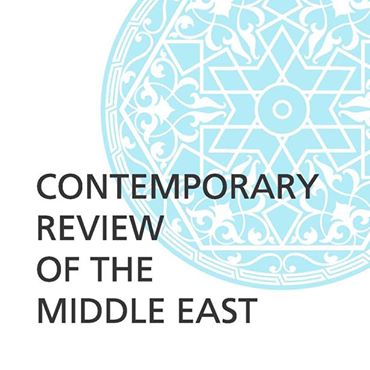
1) Introduction: Dateline MEI By P. R. Kumaraswamy; pp. 1–2 Read More
2) Prelude to the Arab–Israel Conflict: European Penetration of Nineteenth-century Ottoman Palestine By Alan Dowty; pp. 3–24
Abstract: This article examines modern European intervention in the Middle East and the subsequent changes that shaped a new environment in the region as a whole and in Ottoman Palestine in particular. What were these changes and how did they intertwine with the creation, by the end of the century, of a substantial Western cultural and political presence in the Palestinian provinces of the Ottoman Empire? How did this presence, in turn, help to move the idea of a Jewish return to Palestine from the realm of fantasy to reality? This article examines how, in the framework of ‘productivization’ and European penetration, ideas of settlement of land—proto-Zionism—developed not just among Christian Restorationists but also within the Jewish community.
3) The Human Rights and Development Impetuses for Tunisia’s Jasmine Revolution By Hayat Alvi; pp. 25–51
Abstract: Economics Nobel laureate Amartya Sen contends that socio-economic progress cannot happen without freedoms. The thesis for this article is that human rights and development variables, which were appalling under the Ben Ali regime, served as primary causal factors for the 2011 Tunisian Revolution. Dismal human development indicators, rampant corruption and severe repression of freedoms and rights led to widespread protests. Other regional actors also felt inspired by the Tunisian Revolution, culminating in uprisings and revolutions in neighbouring countries.
This analysis examines the human rights and development impetuses for Tunisia’s Jasmine Revolution. The central questions to address are: What are the linkages between human rights, freedoms, and human development in Tunisia? What made Tunisian activists overcome their fear of the regime? And, what are the implications of the post-revolution political, ideological and economic policies and dynamics for the country’s socio-economic progress? Read More
4) When Collision Emerges as Unexpected Harmony: Saudi Responses to the Arab Spring By Sean Foley; pp. 53–74
Abstract: Despite sharing many of the socio-economic and political problems that led to revolutions in other Arab states, the Kingdom of Saudi Arabia experienced little unrest, a fact many in the West attributed to the Kingdom’s closed political system. The absolute monarchy has been viewed as thwarting political dissension through kinship and religious alliances and sharing of oil revenues. This article aims at reframing mainstream Western explanations of the failure of the Arab Spring to gain a foothold in the largest economy in the Arab World and present a fresh vision of Saudi politics and the reaction of Saudis to the Arab Spring—one that transcends the fear and the rigid framework that characterize most scholarly discussions of the Kingdom. Read More
5) Hybridity and Israel’s Democratic Order: The End of an Imperfect Balance? By Ayelet Harel-Shalev, Ilan Peleg; pp. 75–94
Abstract: This article deals with the quality of Israel’s democracy from the perspective of what it views as the fundamentally hybrid nature of the Israeli regime. From its inception, Israel has been committed to two seemingly conflicting sets of values, one universal (reflected in democratic institutions, practices and ideals) and the other particularistic (reflected in national institutions benefitting a segment of the Israeli population). This article examines the most recent trends in Israel’s constitutional order, including its political culture and especially its legal developments, and their potential impact on the quality of the democratic order in the country. It points out the threats for the existing, imperfect balance between the traditional albeit contradicting commitments of the Israeli society, state and regime, which might push the country toward a hegemonic order. Read More
6) Sites of Power and Resistance or Melting Pots? A Gendered Understanding of Islam through Sufi Shrines in Turkey By Sebnem Koser Akçapar, Smita Tewari Jassal; pp. 95–110
Abstract: Turkey is located on ancient sacred geography comprising shrines or tombs of revered saints. Like in many other Islamic countries, visiting the shrines of Sufis (ziyaret) and saint veneration is an ancient practice. Based on extensive fieldwork, this article investigates the dialectical analysis of ‘official’ and ‘popular’ religion and shifts in meaning given to ziyaret in the Republican history. This article helps us understand that shrines in Turkey are indeed sites of power and resistance between the state and people coming from different sectarian and socio-economic background. We conclude that despite diverse attitudes toward ziyaret, Sufi shrines open up an opportunity to serve as a melting pot between Alevis and Sunnis. Sufi shrines also provide a space to rethink about gender in Islam, allowing ways for women to connect with others and to express a gendered understanding on Islam through rituals.
7) Book Review: Christopher M. Davidson (2012). After the Sheikhs: The Coming Collapse of the Gulf Monarchies By Joseph Kéchichian; pp. 111–117 Read More
8) Book Review: Joseph A. Kéchichian (2013). Legal and Political Reforms in ‘Sa’udi’ Arabia By Md. Muddassir Quamar; pp. 117–119 Read More
9) Book Review: Lin Noueihed & Alex Warren (2012). The Battle for the Arab Spring: Revolution, Counter-revolution and the Making of a New Era By Melissa M. Cyrill; pp. 120–123 Read More
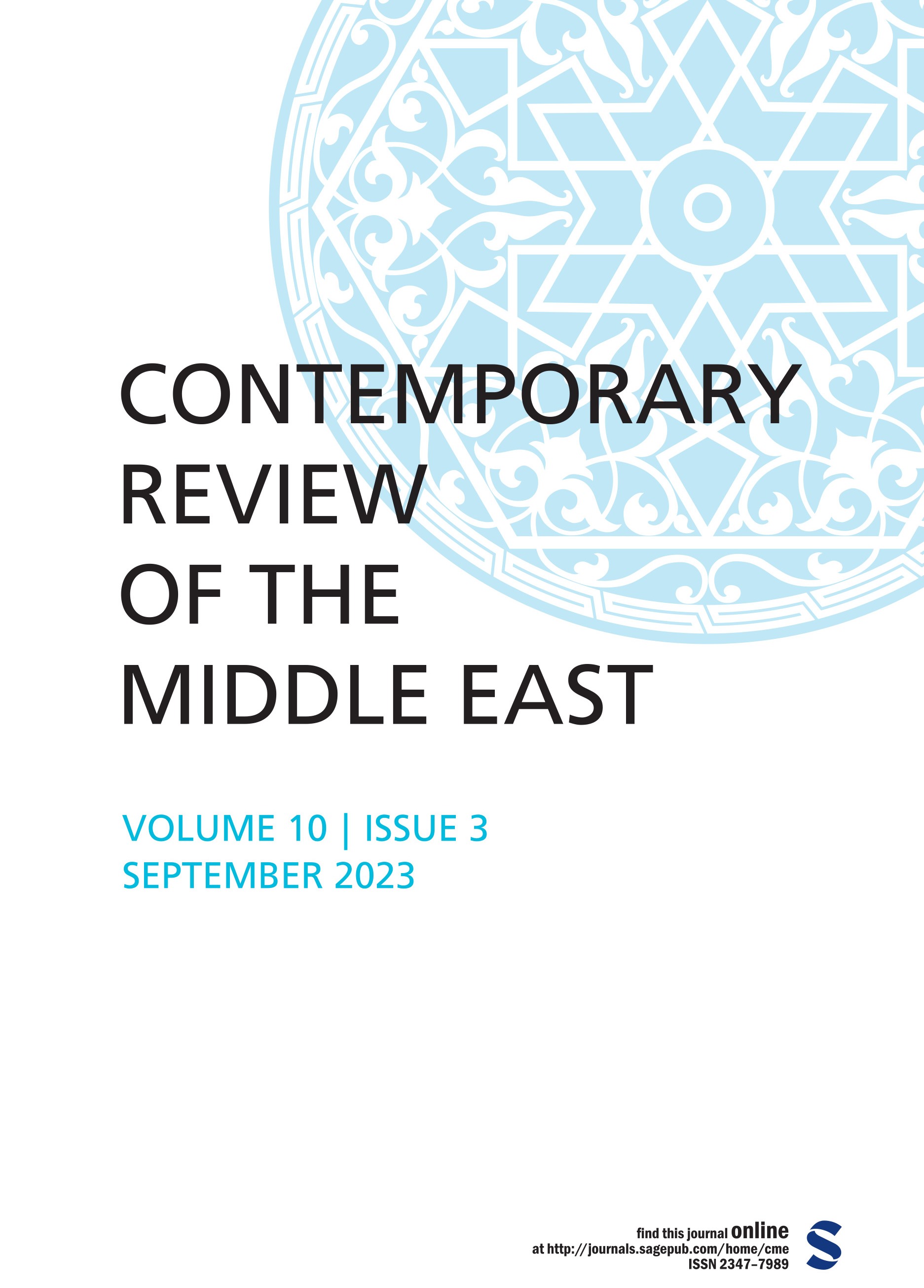
Invented Tradition as a Theoretical Approach Within Iranian Memory Studies: A Review Mohammad
Read More »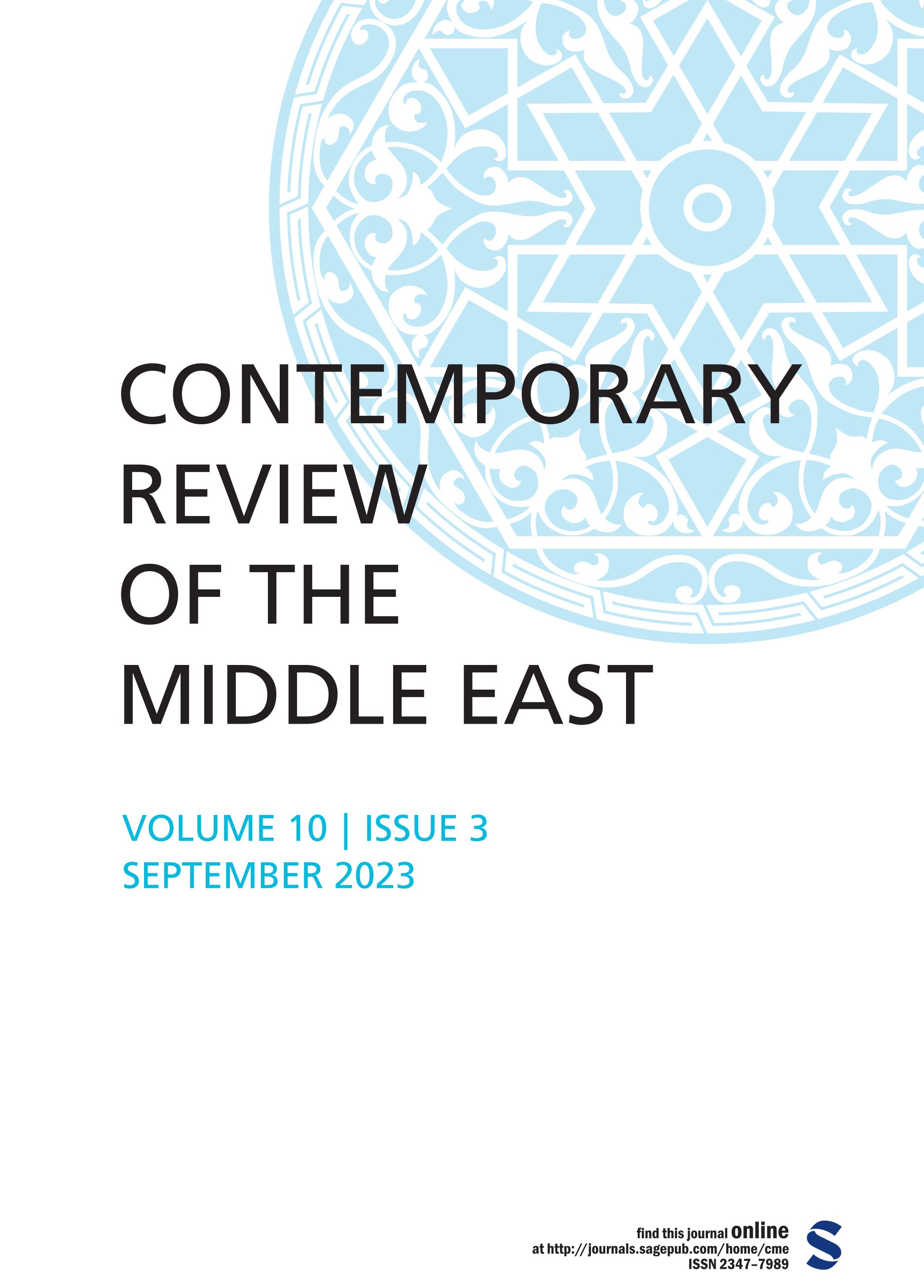
Neo-Ottoman Turk-Scape: Analyzing the Role of Dizis as Türkiye’s Soft Power Mohammad Reyaz and
Read More »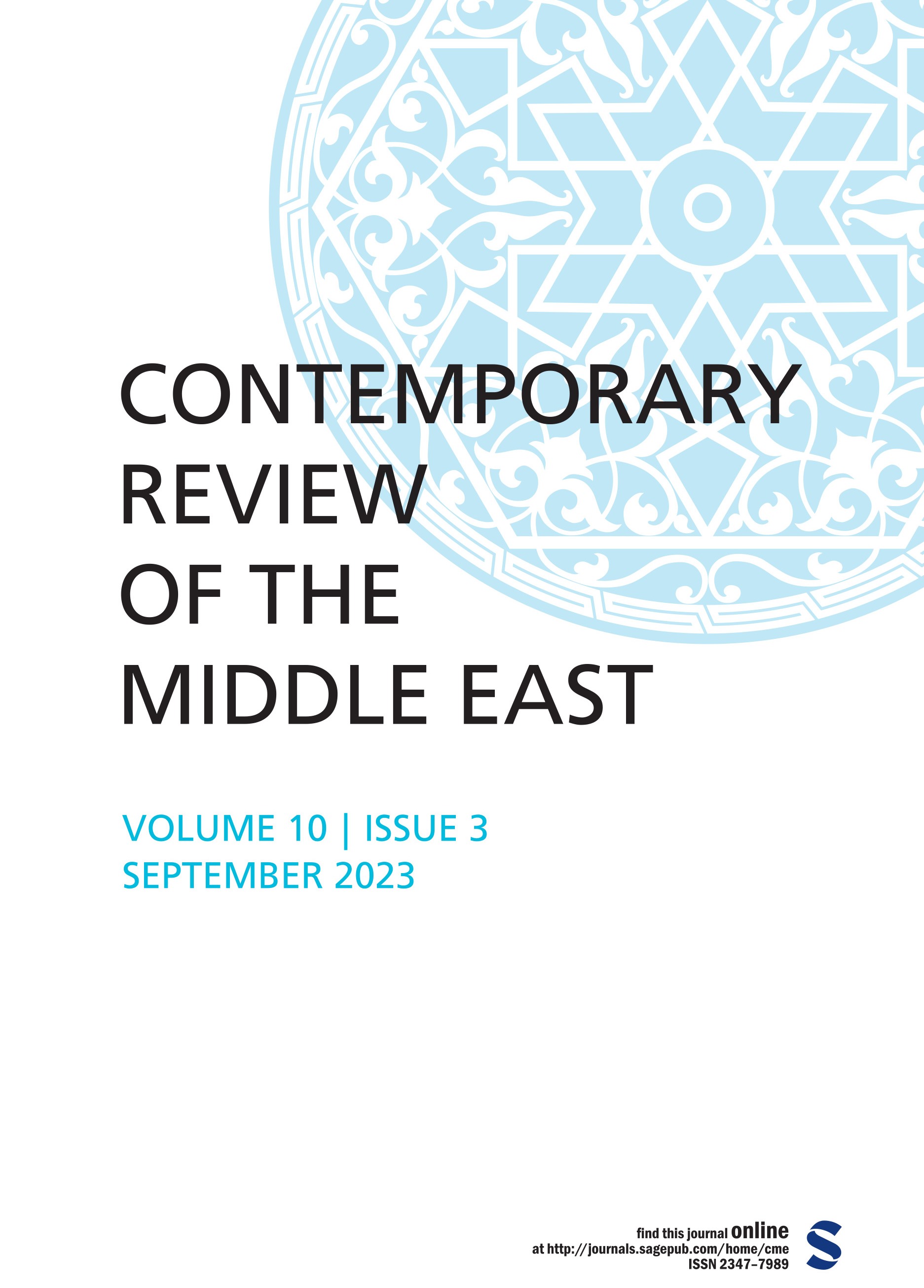
The Relations of Vietnam with the Middle East-North Africa Region: From a Divided State to an Important&
Read More »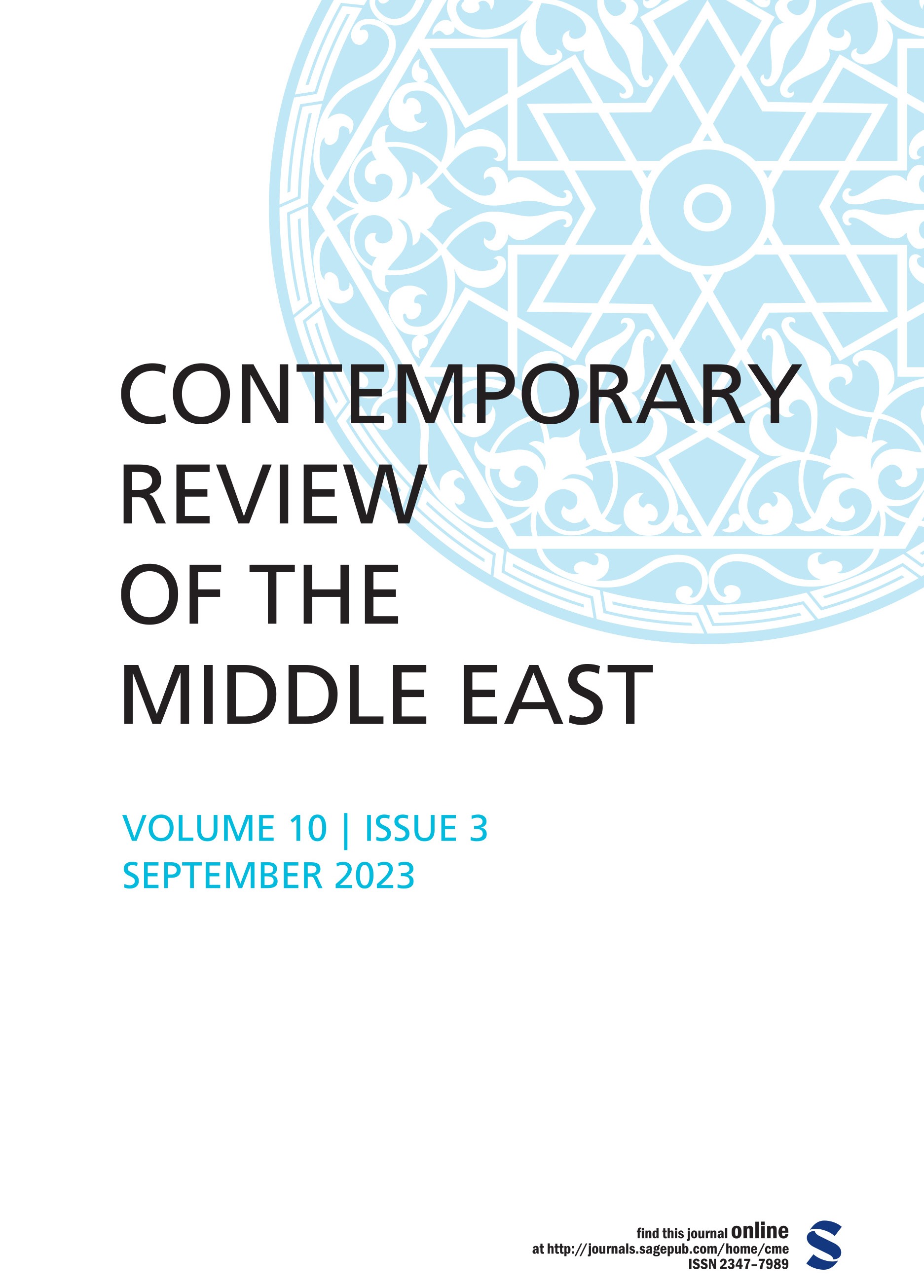
An Analysis of Yemen’s Geostrategic Significance and Saudi-Iranian Competition for Regional Hegemo
Read More »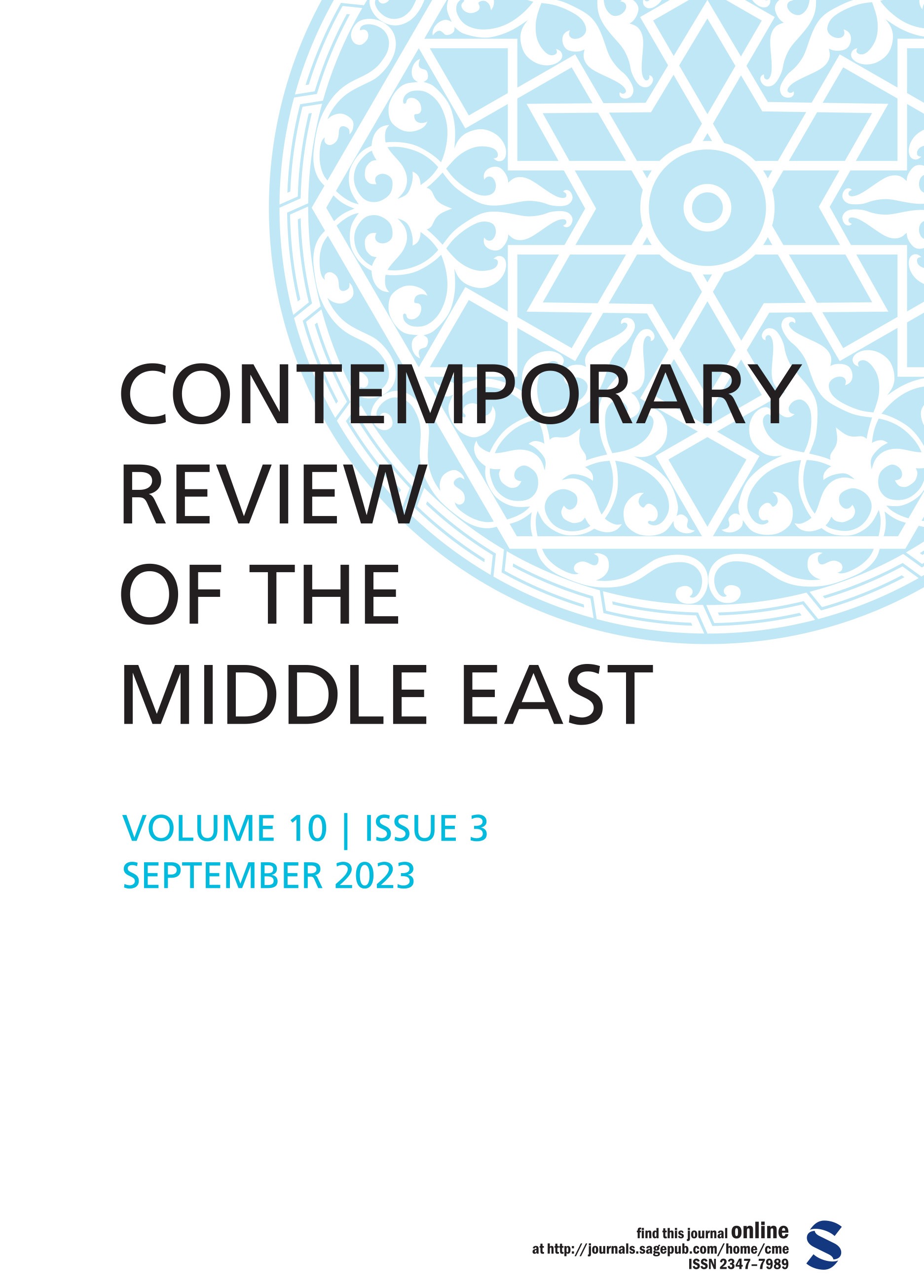
The National Reconciliation Process in Algeria During the Bouteflika’s Era: The Official Narrative Fa
Read More »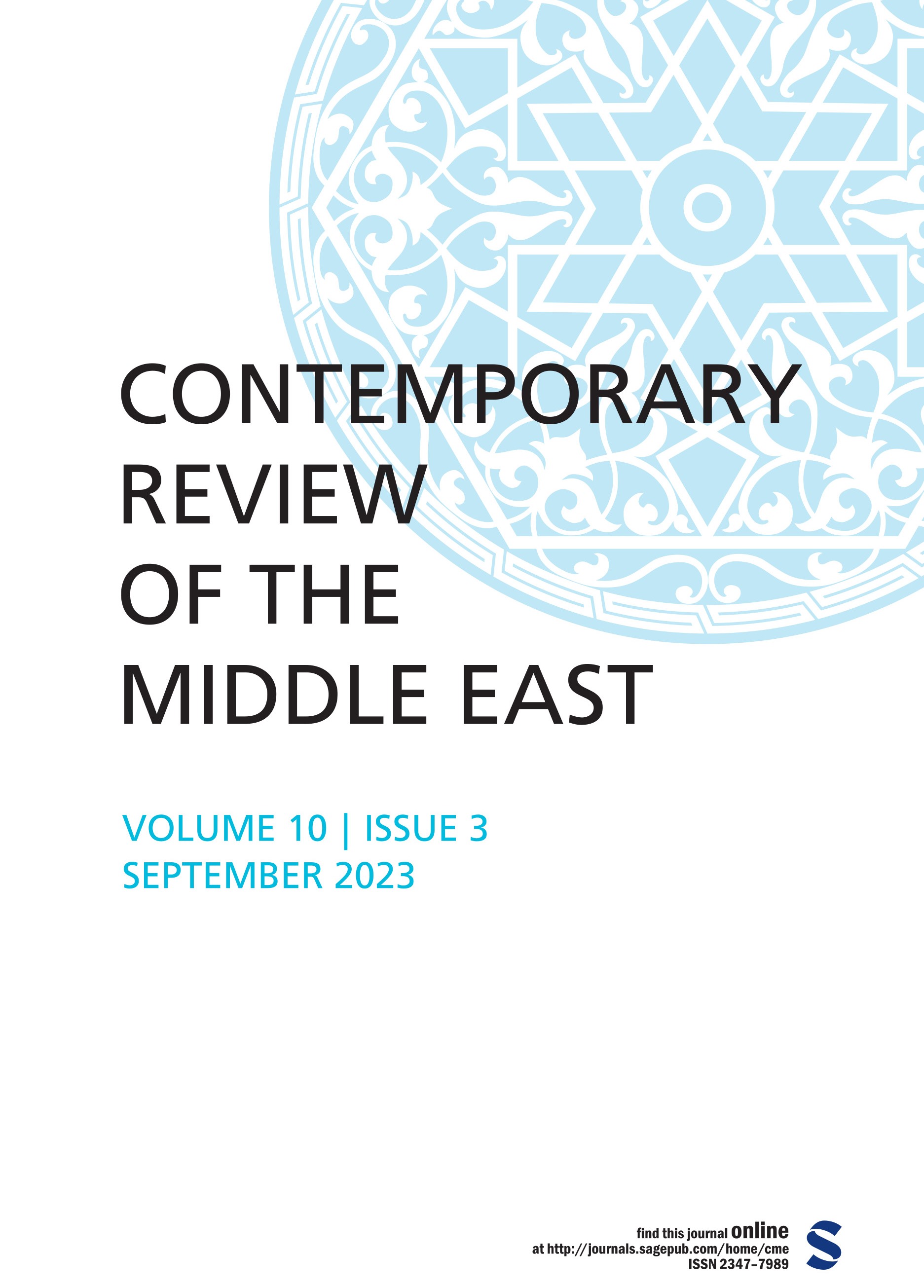
Dateline MEI When Netanyahu Rocks the Israel Boat, Nero Style P. R. Kumaraswamy For the text see: We
Read More ».jpg)
.jpg)
